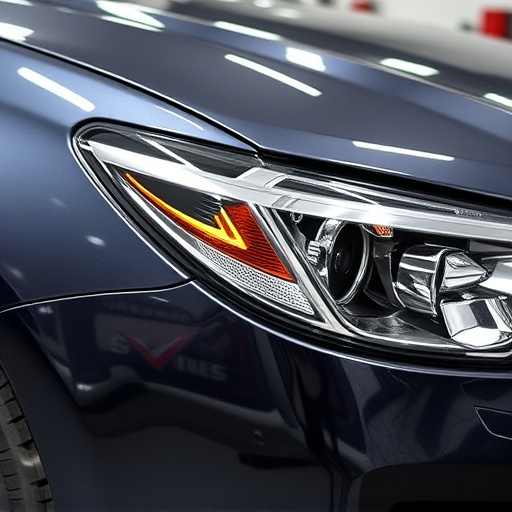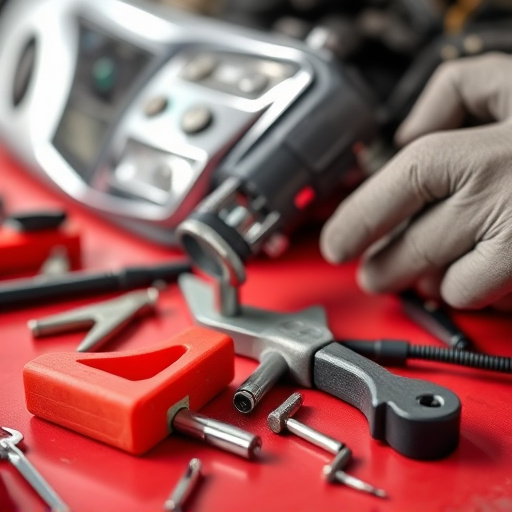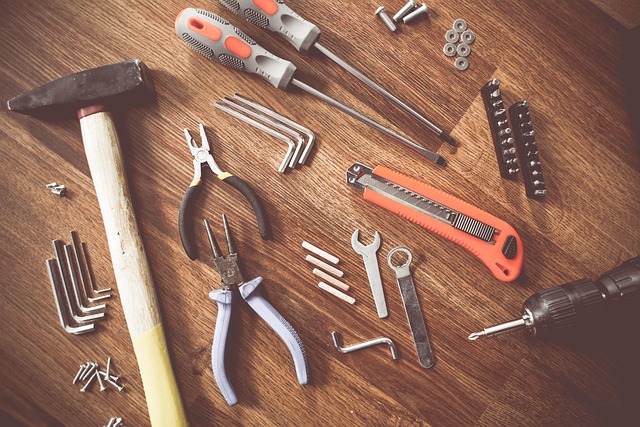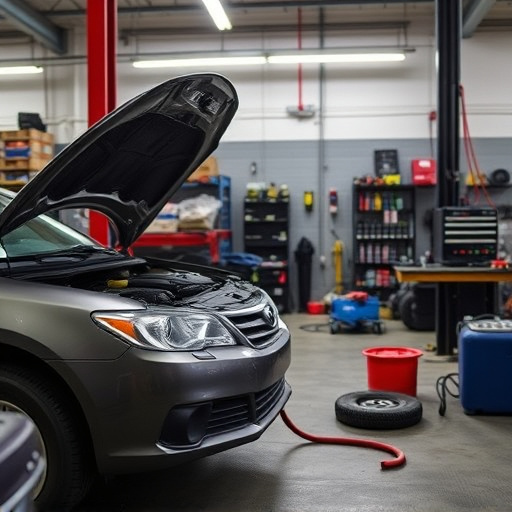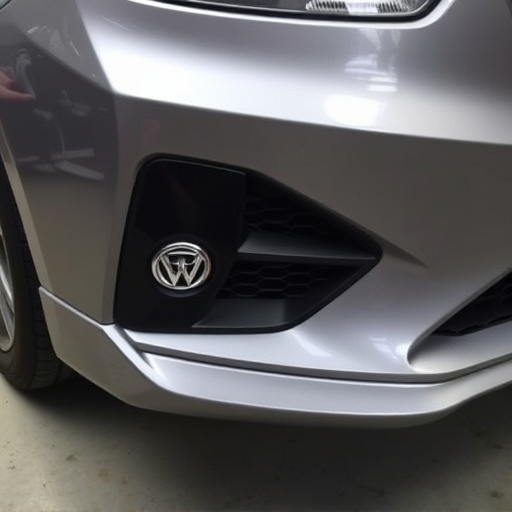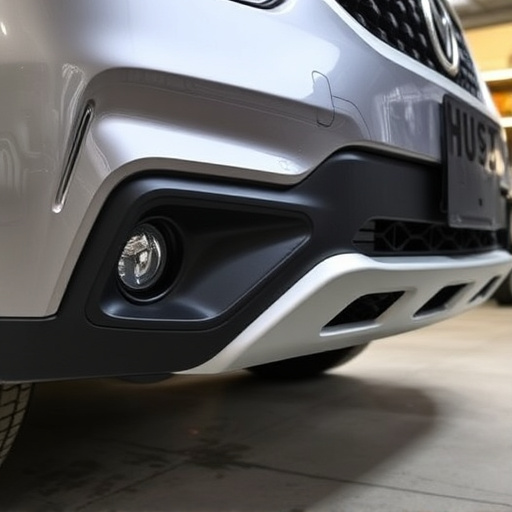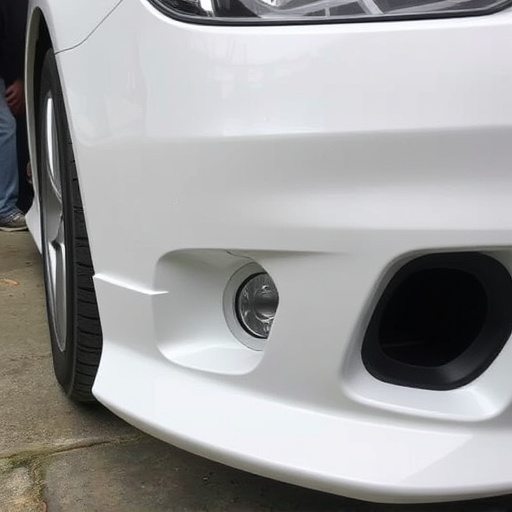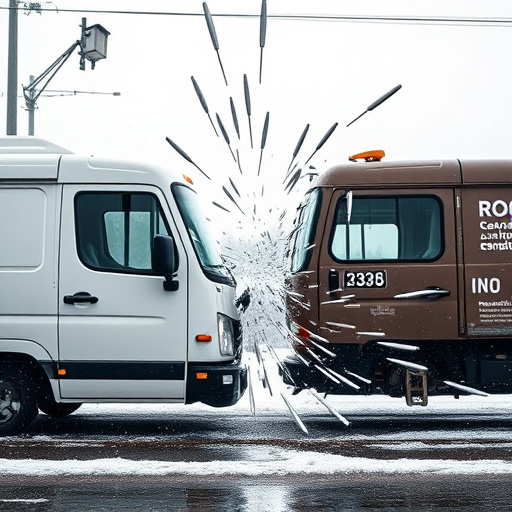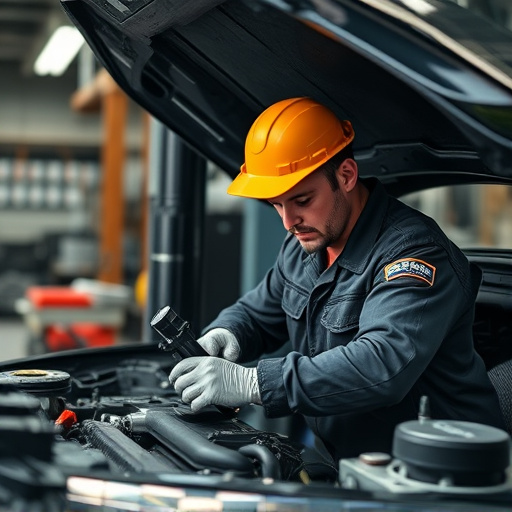Apron assembly repair in auto body shops is a meticulous process ensuring vehicle structural integrity and aesthetic appeal. It involves thorough inspections, advanced frame straightening, precise cutting and welding with high-quality materials, and integration with other replacement parts. Quality control measures, including staff training, equipment calibration, and adherence to best practices, maintain high standards. Standardized repair procedures and advanced tools improve precision and speed, fostering continuous improvement in collision repair services, including bumper repairs.
In auto body shops, efficient apron assembly repair is key to ensuring vehicle aesthetics and safety. This article explores the intricacies of the apron assembly repair process, offering insights into best practices for quality control. We delve into common challenges faced by professionals, providing solutions to streamline operations. By understanding effective quality control measures, shops can maintain high standards, reduce errors, and enhance overall customer satisfaction in apron assembly repair services.
- Understanding Apron Assembly Repair Process
- Implementing Effective Quality Control Measures
- Common Challenges and Best Practices in Auto Body Shops
Understanding Apron Assembly Repair Process
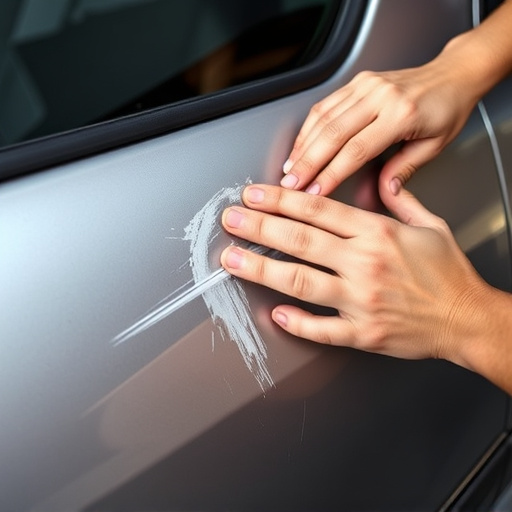
Apron assembly repair is a meticulous process that involves restoring or replacing the apron, a critical component in auto body shops. This process begins with thorough inspection to identify damage or wear. Auto collision centers often use advanced tools for frame straightening to ensure the apron aligns perfectly with the vehicle’s structure.
Once inspected, the damaged apron is either repaired or fully replaced using high-quality materials. Skilled technicians execute precise cuts and welds, guaranteeing a seamless fit. The repair process encompasses not just the apron but also integrating it harmoniously with other replacement parts, such as vehicle paint repair, to ensure the auto body’s overall structural integrity and aesthetic appeal.
Implementing Effective Quality Control Measures

In auto body shops, implementing robust quality control measures is paramount for upholding high standards during apron assembly repairs. This involves meticulous inspections at every stage of the repair process to identify and rectify any imperfections or discrepancies early on. By instituting standardized protocols and using appropriate tools, technicians can ensure that each apron assembly meets the required specifications, guaranteeing both structural integrity and aesthetic appeal in the final car restoration.
Effective quality control further includes training staff to recognize subtleties in material composition, paint accuracy, and panel alignment. Regular calibration of equipment and consistent adherence to industry best practices contribute significantly to maintaining optimal repair outcomes. These proactive measures not only enhance customer satisfaction but also streamline operations within the vehicle body shop, ensuring every car that leaves the premises is in pristine condition after its apron assembly repair.
Common Challenges and Best Practices in Auto Body Shops

Auto body shops often face several common challenges when it comes to apron assembly repair and quality control. One significant hurdle is ensuring consistency in repairs across different models and makes of vehicles, as each car has unique design elements that require specialized attention. This uniformity is crucial for maintaining the vehicle’s aesthetic appeal and structural integrity. Another challenge lies in managing the flow of work efficiently; a well-organized workflow ensures that apron assemblies are repaired accurately and promptly, meeting customer expectations.
To overcome these obstacles, adopting best practices is essential. Auto body shops should implement standardized repair procedures tailored to specific vehicle models, enabling technicians to work with precision and speed. Utilizing advanced tools and equipment designed for apron assembly repairs can significantly enhance accuracy and reduce the risk of human error. Moreover, regular training sessions for staff on the latest repair techniques and technologies will foster a culture of continuous improvement, ultimately elevating the quality of collision repair services and bumper repairs offered by the shop.
Apron assembly repair is a critical process in auto body shops, ensuring vehicles leave the premises with precise, high-quality finishes. By implementing robust quality control measures and adopting best practices, shops can minimize errors, enhance efficiency, and deliver exceptional customer satisfaction. Regular training, standardized procedures, and advanced inspection tools are key to maintaining consistent apron assembly repair standards, ultimately reinforcing the overall quality of auto body work.
